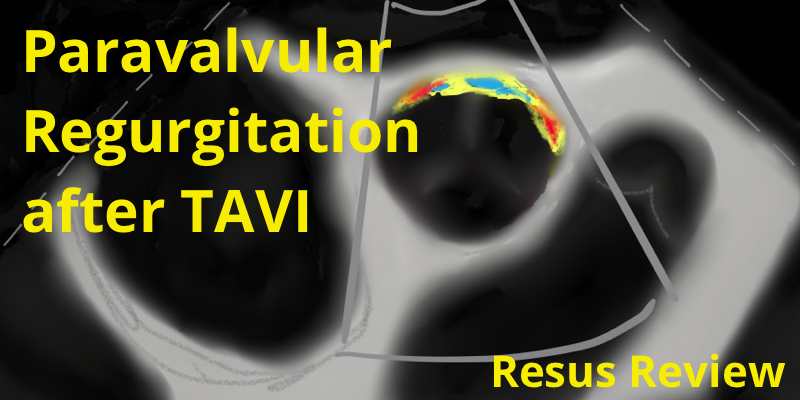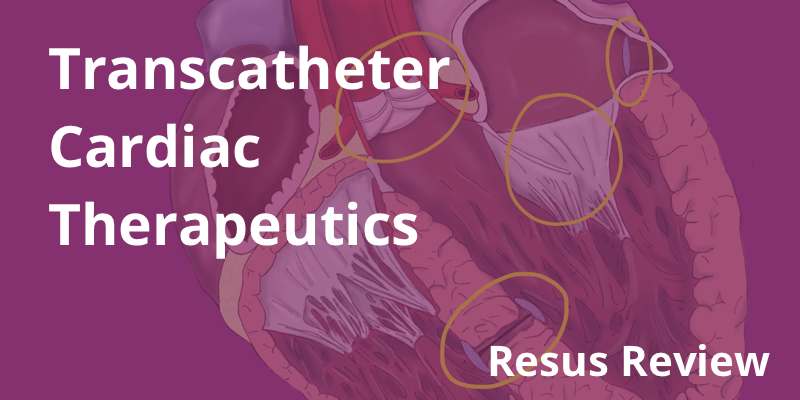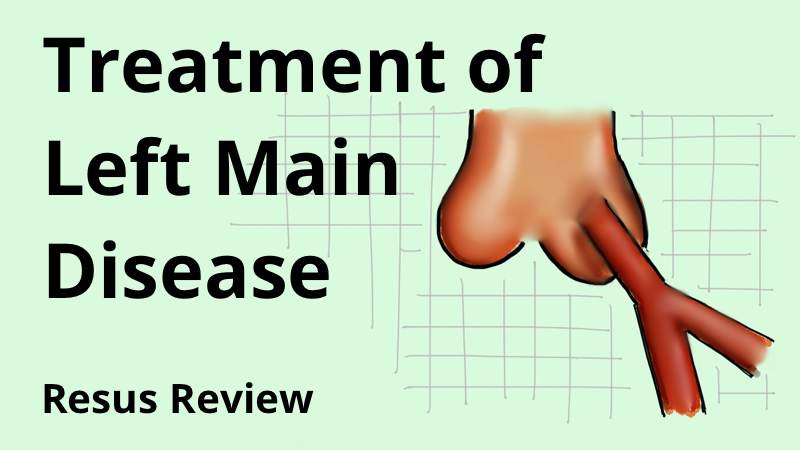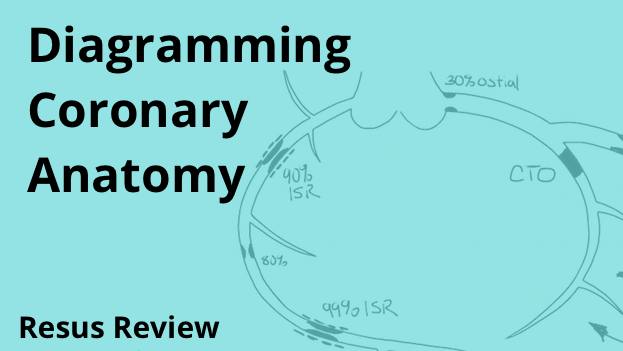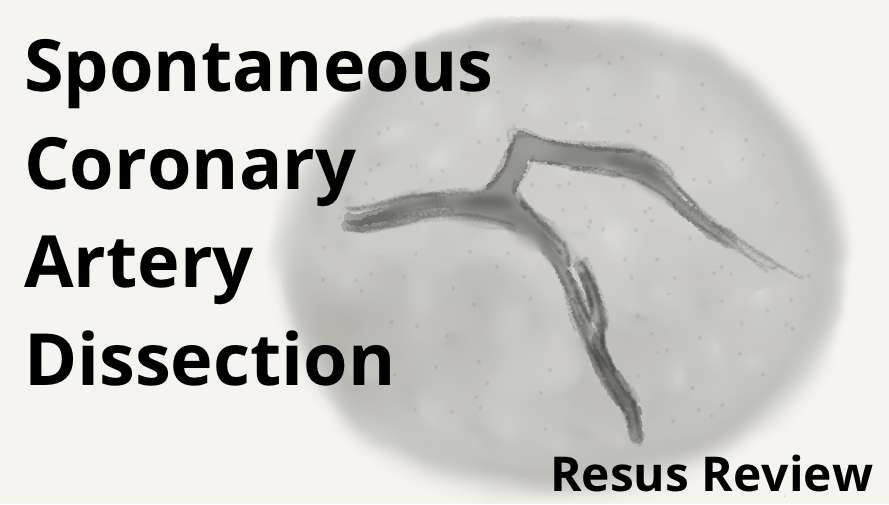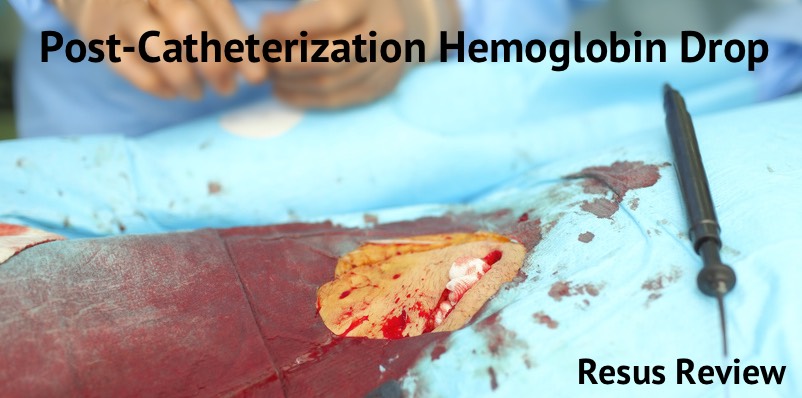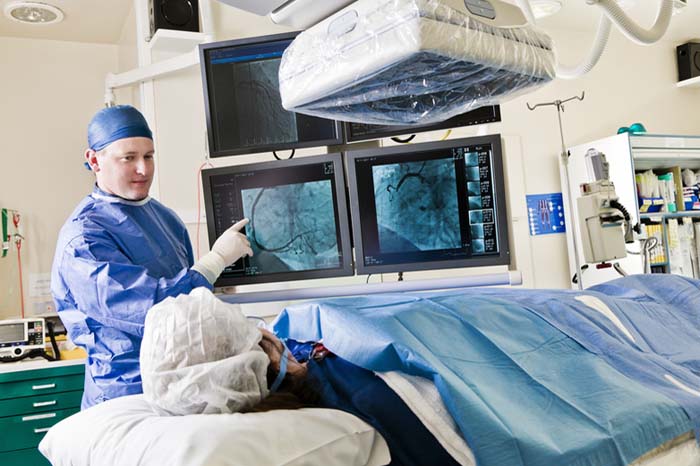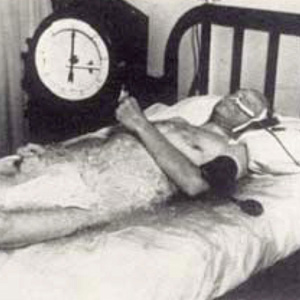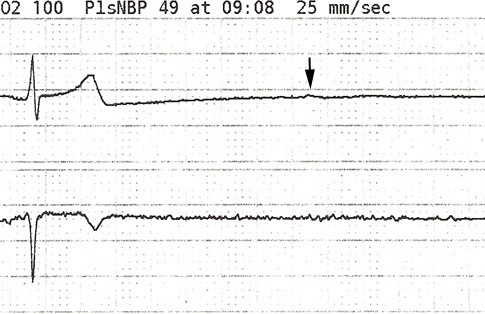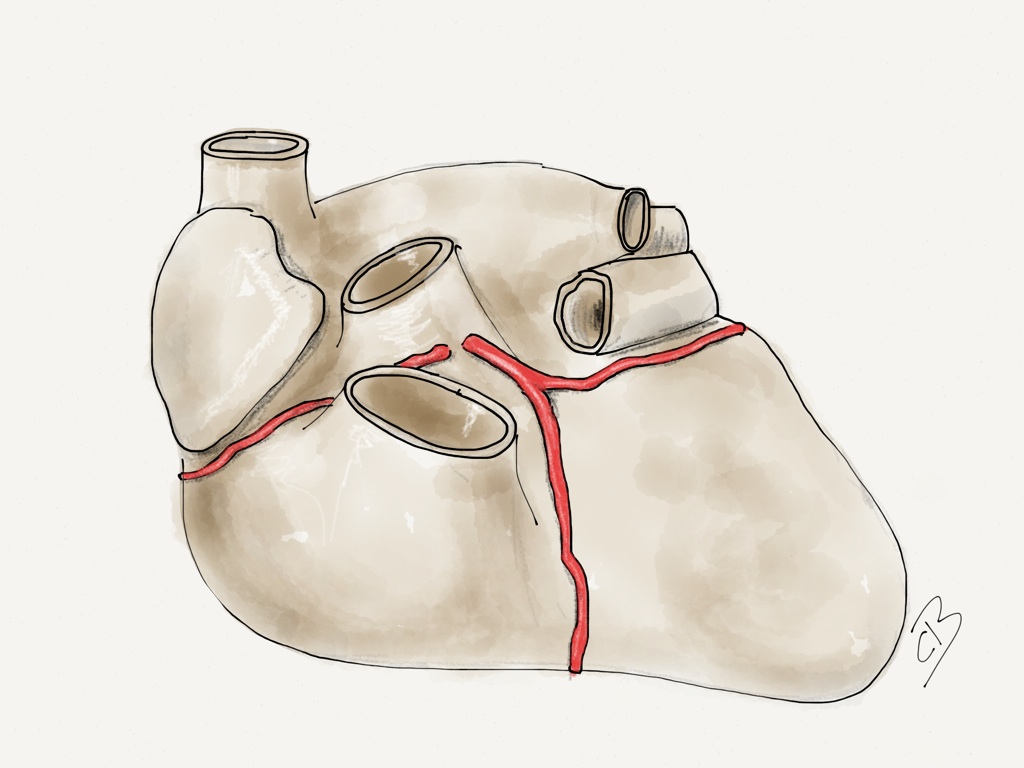Practical bedside topics in cardiology including ECG interpretation, hemodynamics, coronary angiography, PCI, and cardiothoracic thoracic.
Paravalvular Regurgitation after TAVI
Paravalvular regurgitation after transcatheter aortic valve implantation occurs in in over 50% of patients, and correlates with 1-year mortality. The regurgitant jets are best characterized with transesophageal echocardiography to define the circumferential extent and cross-sectional area. Overtime, most the regurgitation decreases, and occasionally disappears completely.
